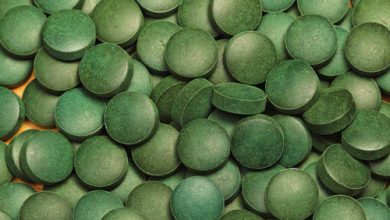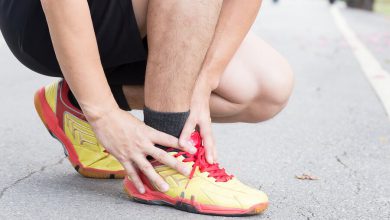3 Recommendations To Control Fluid Retention
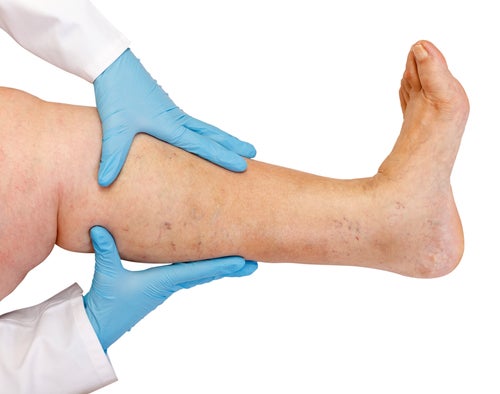
Learn what fluid retention is, why it occurs, its symptoms and how you can control and prevent it with natural methods and good habits.
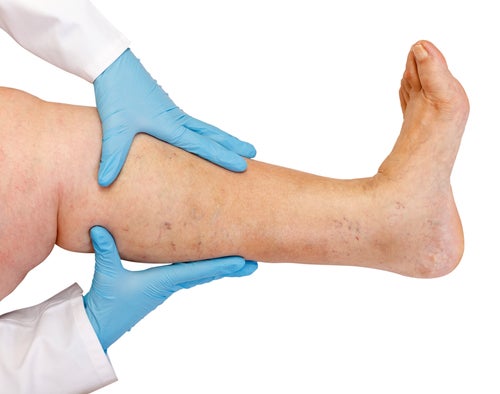
Fluid retention can occur in anyone. Moreover, surely, everyone has experienced it at least once in their lives. Usually, due to ignorance, it is usually associated with the female sex. However, although it is more common in women, men can also suffer fluid retention.
Also read 5 common symptoms of fluid retention
What is fluid retention?
The body has systems that regulate and keep water and solute levels in balance. But when this balance is broken, what we call fluid retention can occur. As a consequence, edema is formed, which is an abnormal increase in the volume of fluid between cells.
Causes of fluid retention
There are several causes that can cause this accumulation of fluids:
- Incorrect hydration.
- High consumption of foods rich in salt
- Spending many hours standing or sitting or following a sedentary lifestyle
- Hormonal changes such as pregnancy or ovulation. This is why fluid retention is more associated with women.
- Consumption of certain medications such as estrogens, corticosteroids, non-steroidal anti-inflammatory drugs, drugs for blood pressure.
- Diseases derived from the heart, liver or kidneys, as well as an alteration of the thyroid.
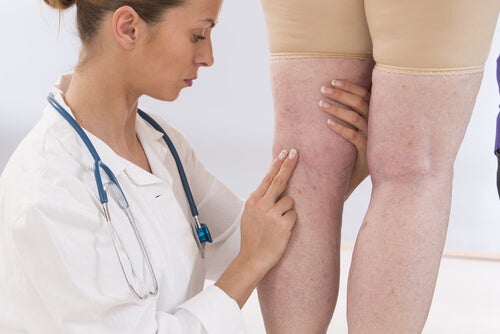
Also read Natural remedies to reduce edema
How to identify fluid retention?
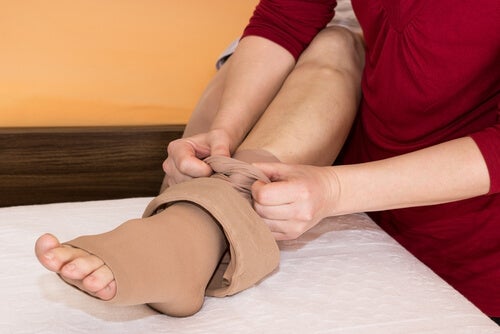 The areas where fluid retention is most commonly seen with the ankles and eyelids. In this case it is local edema. The skin looks stretched or shiny and if you press with your finger, a trace remains that gradually disappears.
The areas where fluid retention is most commonly seen with the ankles and eyelids. In this case it is local edema. The skin looks stretched or shiny and if you press with your finger, a trace remains that gradually disappears.
You can also see a regional edema, for example in a limb, or a general edema that affects the whole body.
Consequently, this can lead to:
- Joint pain
- Discomfort in the affected parts (legs, feet, arms, hands, hips).
- Abdominal pain.
- Swelling.
How to control fluid retention
Fluid retention can be controlled with a change in habits, such as a healthier diet and a less sedentary life.
1. Walk and massage
One of the influencing factors in fluid retention is sedentary lifestyle. In the long run, this ends up leading to fluid retention especially in the lower extremities (feet, legs and thighs).
Practice physical exercise or another activity that you like, such as dancing, skating, or swimming. Walk and avoid taking the elevator. In this way, it seeks to restore normal blood circulation throughout the body. In case of excessive fatigue, a massage in the area where exhaustion is perceived is also recommended.
2. Reduce the consumption of sugar and salt

Excess sugar tends to accumulate in the body and turns into fats that can lead to different pathologies. On the other hand, salt is the first prohibited ingredient for those who suffer from fluid retention since sodium prevents the accumulated water from being disposed of properly.
Also read Benefits of reducing sugar consumption for health
3. Healthy diet
 Increase the consumption of foods rich in potassium since this mineral regulates water levels in the body. These foods are, among others, zucchini, mushrooms, potatoes and legumes or fruits such as banana, pineapple or apricot.
Increase the consumption of foods rich in potassium since this mineral regulates water levels in the body. These foods are, among others, zucchini, mushrooms, potatoes and legumes or fruits such as banana, pineapple or apricot.
4. Drink at least 1.5 l of water every day
Many people think that when there is fluid retention it is better not to drink water. It is just the opposite. Water helps in the purification of the body to eliminate toxins and reestablish the water balance.
If you like herbal teas, cranberry leaves or ginkgo can ease the feeling of bloating and heavy legs. All of this will help your blood flow better.
5. Wear elastic stockings
Elastic stockings put pressure on the blood vessels, improving the return of blood through the veins. This improves the distribution of fluids in the body, and the elimination of excess water.
Now you know a little more about fluid retention, what are the possible causes that cause it as well as the recommendations that you should follow. Put the tips into practice


